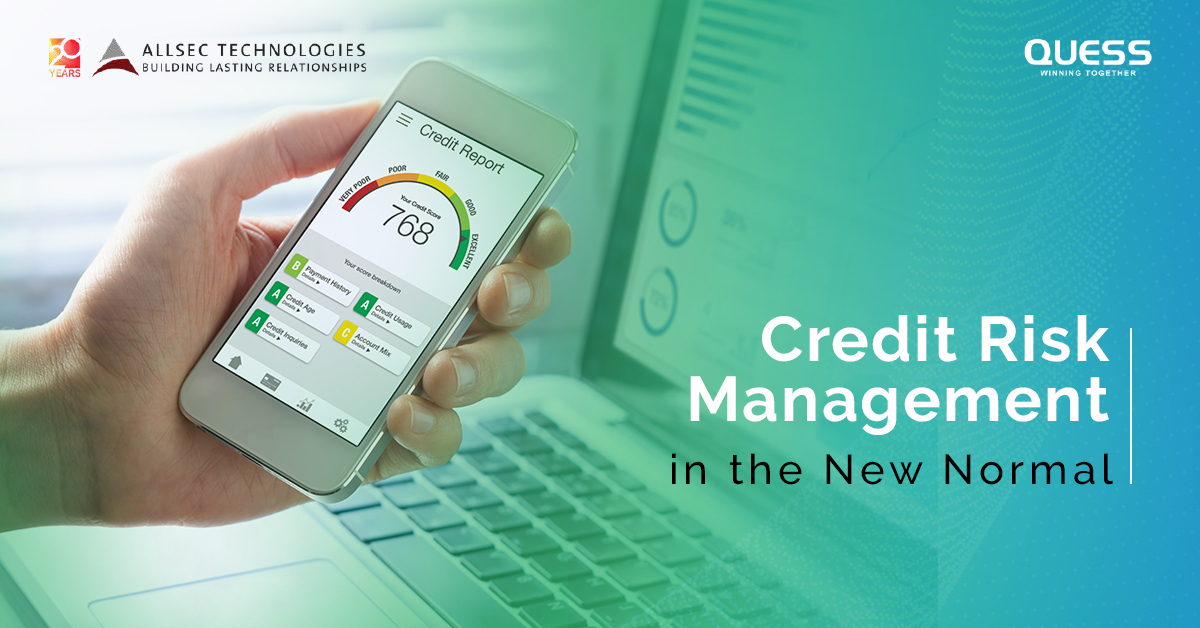
4 Ways Credit Risk Management Evolved During the Pandemic
The Covid-19 pandemic triggered a crisis across different sectors of the economy, requiring governments and businesses to quickly adapt to a changing landscape. Uncertainty and growing rates of unemployment had a significant impact on the credit risk management of financial institutions and companies alike. Delinquency rates shot up, forbearance interventions changed operations and rapid digitization of processes such as accounts payable and receivable meant a complete overhaul in the way organizations handled their credit risk.
In the first quarter of 2020, the United States saw a GDP contraction of 5%. In the second quarter of 2020, the country’s mortgage delinquency rates rose to 8.22%, marginally lower than the 9.3% seen during the subprime mortgage crisis of 2007-2010. Traditional collections methods such as calls and letters became less effective as customer preference moved to the digital space.
A New Dynamic
From the point of view of credit risk management, the COVID-19 crisis triggered different challenges, requiring companies to find new solutions for risk mitigation.
Insufficient data
The first area of contention in the new normal was the failure of conventional sources of data for credit risk assessments. Typical data strategies of analyzing the creditworthiness of individuals became obsolete as they did not provide a real-time picture of the abilities to service debt obligations. Organizations had to come up with innovative ways to keep up with consumers and their payment abilities, changing evaluation methods to suit the new scenario that was presented to them.
Analytical Changes
During this period, there was a considerable shift in the way banks and businesses evaluated credit risk. The focus shifted from sectoral analysis to sub-sectoral analysis. Each client’s outstanding payments were evaluated as standalone positions rather than a collective analysis that was representative of an entire sector.
Technological Integration
Technology became an indelible part of the industry. During the pandemic, credit teams turned to AI-driven software to identify anomalies, recalibrate credit scoring and rating, and implement stress-test models and digital warning signals for financial covenants. Much of these changes will find a permanent spot in the way credit risk teams operate going forward.
Empathetic Debt Collection
Another distinct shift that occurred in credit risk management and collection strategies during the pandemic was the shift in focus from the dollar value of the debtor to the very real human problems they were facing. As already mentioned, rising unemployment rates and lower incomes forced customers into delinquency. Instead of writing off these figures as bad debt, credit risk and finance and accounting outsourcing companies relied on moratoriums and forbearance options to delay recovery and repayments.
The Way Forward
Credit risk management has entered a new era with the Covid-19 pandemic. Banks and collections companies need to adapt to a new kind of risk process, with risk technologies and new metrics for risk evaluation. This also opens up possibilities to consolidate various risk solutions, adopt cloud and AI technologies, and strengthen the overall implementation processes.
Risk management teams have to be on top of the changes that are occurring in the new normal. At the end of the day, there are new opportunities for credit risk processes to evolve and become more streamlined and efficient.



